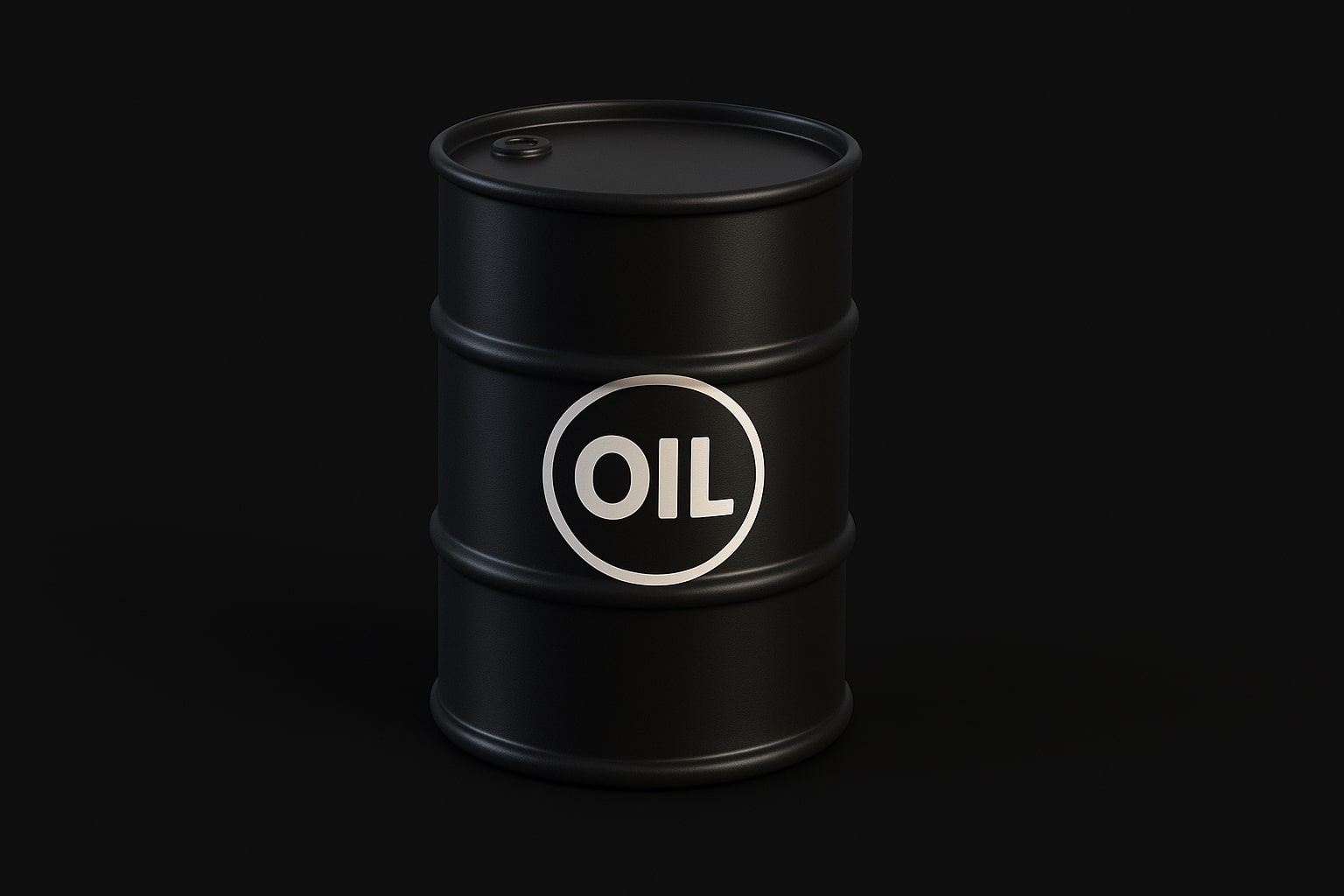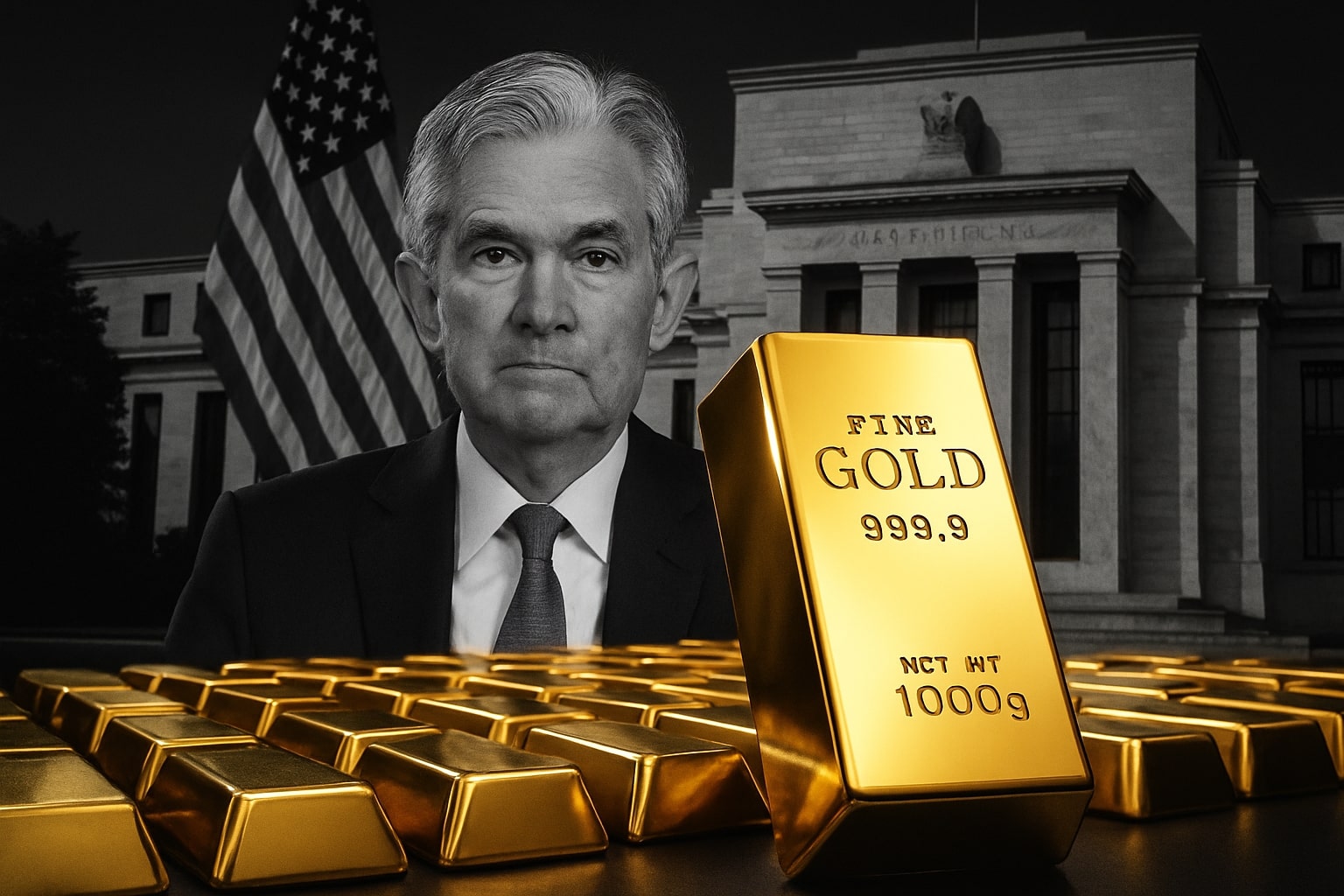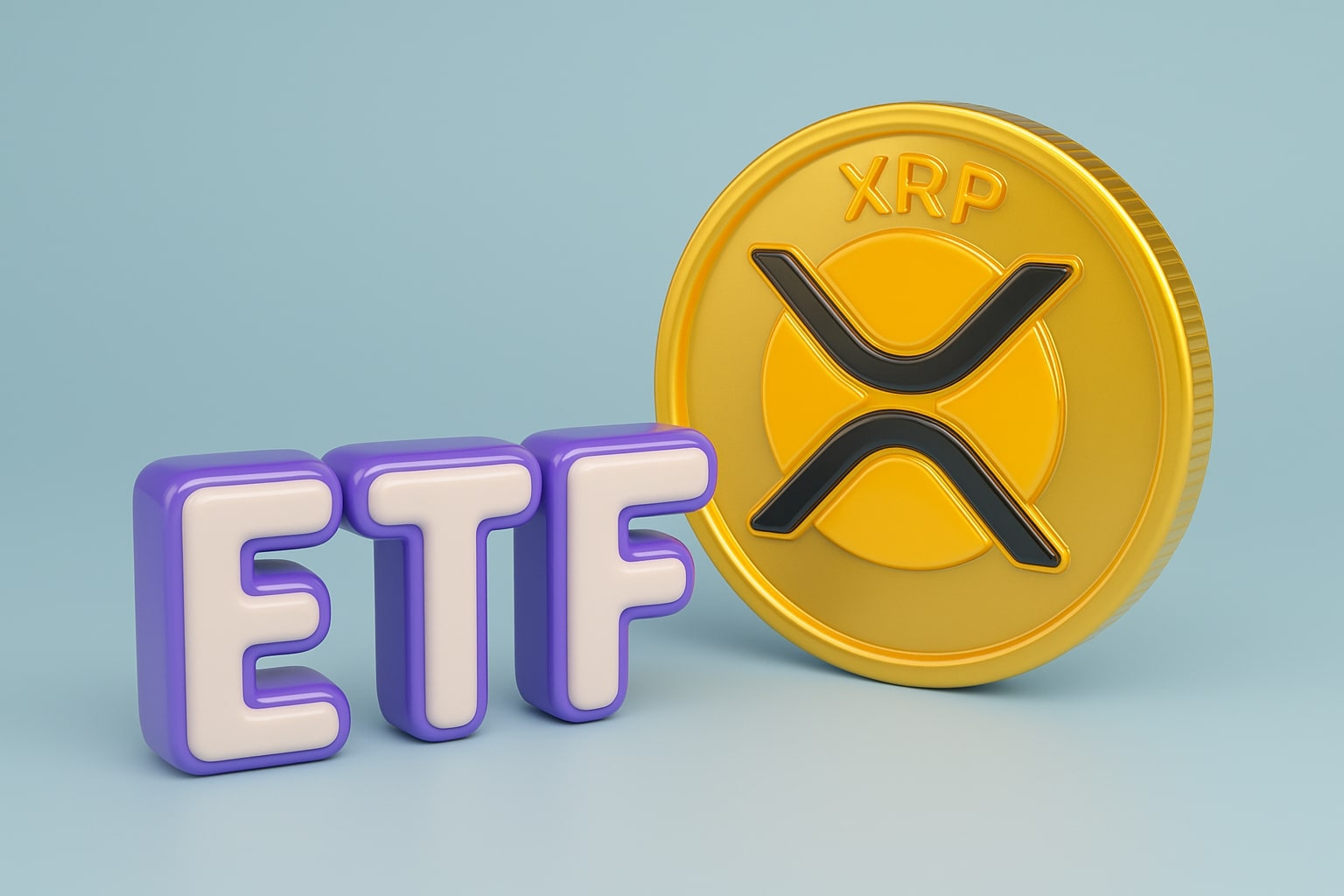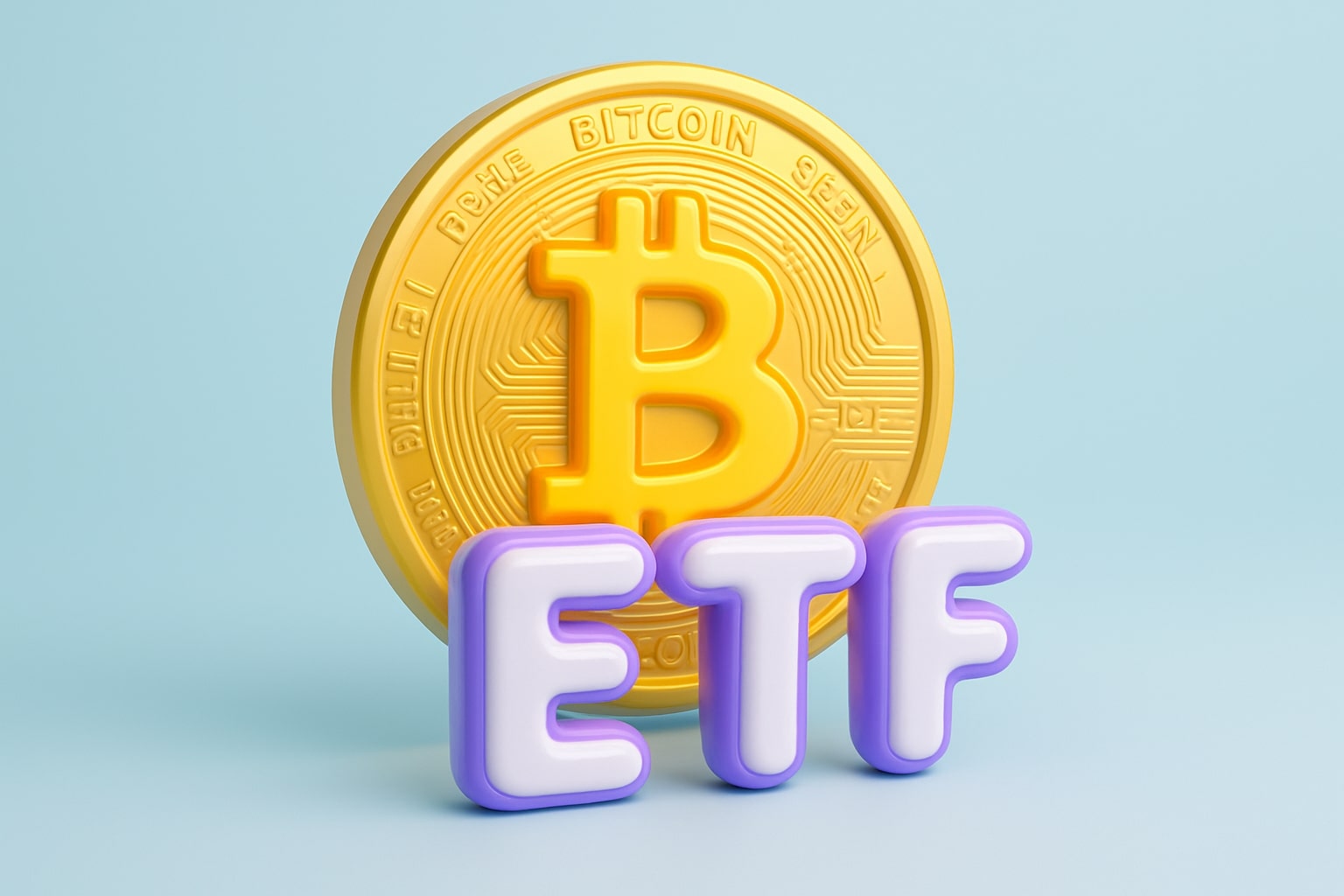OPEC+ Caught Between Price War and Policy Fatigue
OPEC+ faces a growing dilemma. While the cartel seeks to stabilize prices near $70/bbl, rising U.S. shale output continues to erode its pricing power. The EIA’s latest outlook forecasts Brent to average $62 in Q4 2025 and decline further to $52 in 2026, as global stockpiles swell and demand cools.
Inside OPEC, Saudi Arabia’s export volumes to China fell 300,000 b/d month-over-month in October, as Chinese refiners opted for discounted Russian and Angolan barrels. Aramco maintained its Arab Light formula price at $2.20 above Oman/Dubai, but limited demand signals a softening market even for its flagship grade. Meanwhile, Iran’s crude exports—still under U.S. sanctions—quietly surged above 1.5 mb/d, exploiting loopholes via sanctioned refineries in Shandong and ports in Rizhao, worsening oversupply conditions.
Iraq and Emerging Market Pressure
Iraq’s economy stands particularly exposed to the price slide. Economic expert Manar Al-Obaidi warned that every $1 decline in oil costs Iraq over $1 billion annually in lost revenue. If WTI remains below $60, Baghdad could face a fiscal gap exceeding $10 billion by mid-2026. The government is already exploring emergency measures—asset-for-debt swaps, salary delays, and subsidy cuts—to offset the shock. With over 8 million Iraqis dependent on public payrolls, social pressure could rise sharply if oil remains depressed into 2026.
Energy Geopolitics and the Return of U.S. Dominance
Despite the chaos, the U.S. continues to strengthen its position as a global energy superpower. Recent discoveries in Brazil’s Campos Basin and new projects in Suriname’s Block 5 highlight how Western majors are expanding production even amid soft prices. Chevron’s upcoming Korikori-1 exploration could add meaningful light crude supply by 2026.
At the same time, U.S. refiners are weathering the downturn better than OPEC peers. Companies like Sunoco (NYSE:SUN) trade near $49.43, down just 2.5% for the week, and remain profitable with a 24.2x P/E—above the sector average. Sunoco’s free cash flow, at $433.8 million, is projected to triple by 2029, showing that refined fuel distribution remains resilient even as upstream prices crumble.
Macro Risks: Inventory Glut, Trade War, and Interest Costs
The global oil market’s structural weakness is magnified by rising storage costs. Unlike the 2020 COVID-era contango, today’s environment features higher interest rates, making oil storage costlier. Traders can no longer profitably hold barrels for future delivery unless futures prices steepen significantly. With U.S. 10-year yields still above 4.3%, the carry cost of storage is squeezing margins, forcing rapid destocking.
In addition, energy shipping rates have surged 18% month-over-month due to congestion from idle tankers, making crude transport more expensive and further discouraging accumulation. This logistical pressure compounds the market’s bearish tone, limiting the rebound potential even as production stabilizes.
Safe Havens Rise as Oil Falters
While oil collapses, investors are fleeing to havens. Gold (XAU/USD) surged to $4,012 per ounce, up 53% YTD, setting a record high. Silver followed with a new all-time high at $49.55 per ounce, outperforming both equities and energy commodities. This rotation reflects deep risk aversion and long-term confidence in non-yield assets amid global trade disruption.
Short-Term Outlook: Price Range $55.90–$62.20
For the week ahead, the speculative range for WTI crude sits between $55.90 and $62.20, with traders monitoring Monday’s open for signs of stabilization. Brent’s near-term recovery ceiling remains around $64.50, while support lies near $61.00.
Market participants will watch for:
-
The Trump–Xi summit later this month, which could redefine tariff policy.
-
China’s October crude import data, expected mid-week.
-
OPEC+ compliance reports, due Friday.
Unless macro sentiment shifts or OPEC signals deeper production restraint, the path of least resistance remains downward.
Final Outlook on Oil Markets (WTI CL=F, Brent BZ=F)
The synchronized impact of trade war escalation, record inventories, and subdued demand has pushed oil into a new deflationary phase. WTI’s fall below $60 confirms a technical breakdown, while Brent’s steady slide toward $62 underscores a structural glut that may persist well into 2026.
Even as geopolitical risks fade, fundamentals remain heavy. Until supply growth slows or consumption rebounds, rallies are likely to fail near resistance. However, at current prices below $59, downside risk appears limited without a full-blown global recession.
Verdict: HOLD — Crude oil remains oversold but fundamentally heavy. Expect volatility between $56–$62 with short-lived rebounds driven by technical covering rather than demand recovery. Long-term investors should await confirmation of inventory drawdowns before re-entering.




















